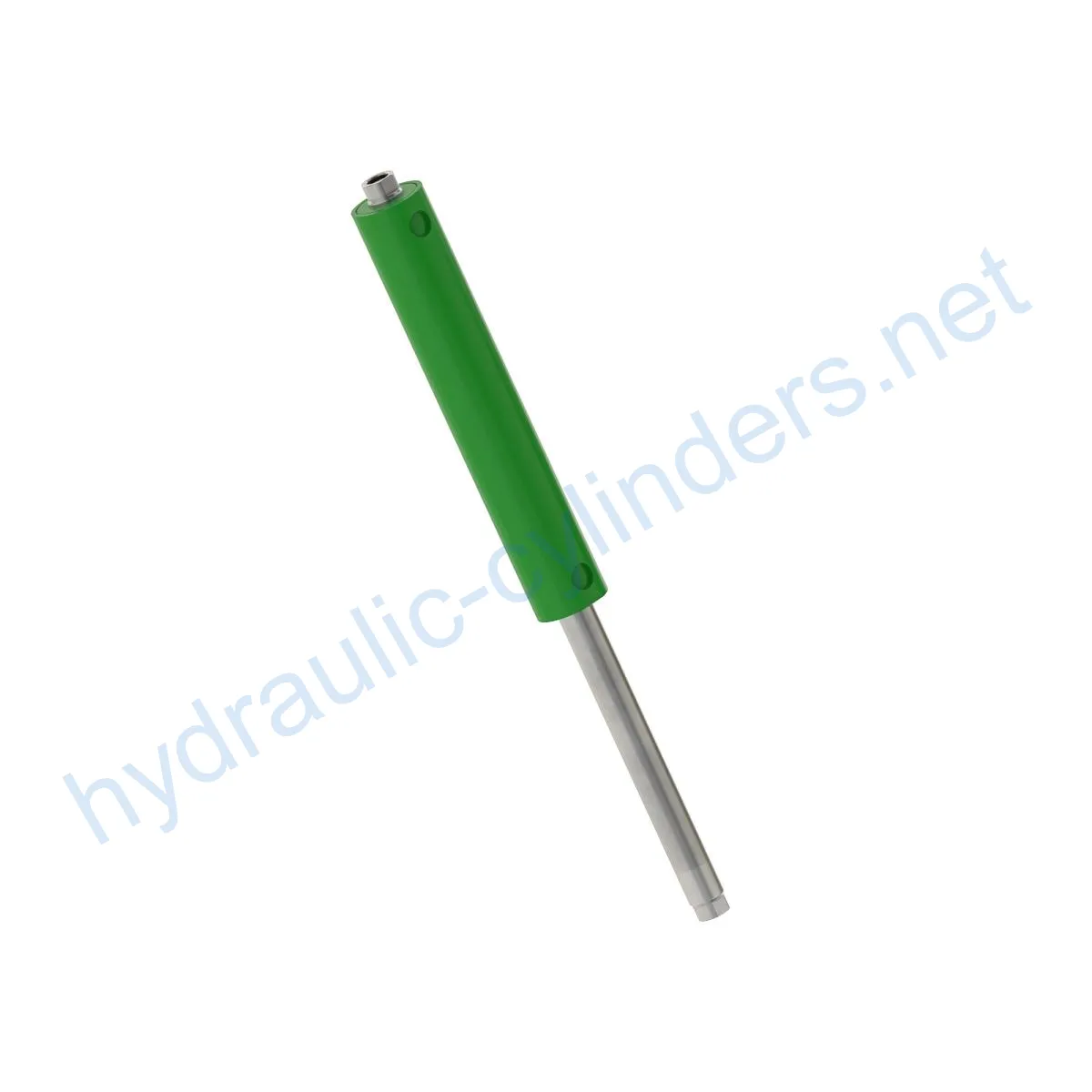Replacement Of AHC20655 Hydraulic Cylinder
Hidrolik silindir üreticilerinden, tedarikçilerinden ve mekanik ürünlerin ihracatçılarından biri olarak, hidrolik silindirler ve diğer birçok ürünü sunuyoruz.
Ayrıntılar için lütfen bizimle iletişime geçin.
Posta:sales@hydraulic-cylinders.net
Hidrolik silindir üreticisi tedarikçisi ihracatçısı.
Introduction
The Replacement Of AHC20655 Hydraulic Cylinder is a vital component used in various machinery, designed to provide precise and controlled movement. This hydraulic cylinder plays a crucial role in ensuring the proper functioning of the equipment it is installed in.
Specifications
- Weight: 32.508 lb
- Height: 3.5 in
- Length: 34.2 in
Models
This hydraulic cylinder is compatible with the S430 and S440 models, ensuring seamless integration and optimal performance.
Features
- Improved Equipment Performance: By replacing damaged or worn hydraulic cylinders, the equipment’s normal operating capabilities can be restored, ensuring efficient performance in various applications.
- Enhanced Safety: Regularly replacing hydraulic cylinders reduces the risk of safety hazards caused by cylinder failures, ensuring the safety of operators and equipment.
- Overload Protection: Modern hydraulic cylinder designs often incorporate better overload protection mechanisms, improving overall safety.
- Quick Installation: The design of modern hydraulic cylinders takes into consideration ease of installation and replacement, minimizing downtime.
- Standardized Components: Many hydraulic cylinders are standardized products, making it easier to source replacement parts in the market.
Applications
The Replacement Of AHC20655 Hydraulic Cylinder finds its application in various scenarios:
- Excavators: Hydraulic cylinders in excavator booms or buckets may get damaged due to prolonged use or overloading, requiring replacement to restore proper operation.
- Cranes: Hydraulic cylinders in crane jibs are subjected to frequent lifting and lowering processes, leading to wear and tear, necessitating regular replacement for safety purposes.
- Tractors: Hydraulic cylinders in front-end loader attachments of tractors may experience leaks or performance degradation during continuous lifting and tilting operations, requiring replacement.
- Harvesters: The hydraulic system in harvesters operates under high pressure, causing fatigue damage to cylinders. Timely replacement ensures efficient operation.
- Automated Production Lines: Hydraulic cylinders are used to control robotic arms and other automated equipment. Cylinder failures can significantly impact production efficiency, requiring immediate replacement.
- Die Casting Machines: Operating under high pressure and temperature, hydraulic cylinders in die casting machines may experience performance degradation. Regular replacement ensures product quality.
- Mining Equipment: Hydraulic cylinders are utilized in lifting and moving heavy loads in mining equipment. Due to harsh working conditions, regular inspection and replacement are necessary to avoid equipment failures.
- Bulldozers: Wear of hydraulic cylinders in bulldozer blades can lead to a decrease in pushing capacity. Timely replacement ensures efficient operation.
Maintenance Tasks
Regular maintenance tasks for hydraulic cylinders include:
- Periodic Inspection: Regularly inspecting cylinders for any signs of damage, leakage, or wear is crucial to prevent unexpected failures.
- Proper Lubrication: Adequate lubrication with the recommended hydraulic oil prolongs the lifespan of the cylinder and ensures smooth operation.
- Seal Replacement and Calibration Check: Timely replacement of seals and periodic calibration checks help maintain optimal performance and prevent leakage.
Safety Considerations and Environmental Factors
When using hydraulic cylinders, it is essential to prioritize safety measures. Implementing proper safety protocols and adhering to environmental regulations are of utmost importance to ensure a secure working environment.
Troubleshooting and Common Issues
When encountering issues with hydraulic cylinders, the following troubleshooting tips and solutions can be helpful:
- Issue 1: Cylinder not extending or retracting properly.
Solution: Check for hydraulic fluid level, inspect seals for damage, and ensure proper alignment of the cylinder. - Issue 2: Excessive noise or vibration during operation.
Solution: Inspect for loose mounting bolts, check for misalignment, and ensure proper lubrication. - Issue 3: Cylinder leaking oil.
Solution: Inspect seals and replace if necessary, check for damaged piston rods, and ensure proper tightening of connections.
Preventive Measures
To minimize potential problems, it is recommended to:
- Follow a regular maintenance schedule, including inspections, lubrication, and seal replacements.
- Provide proper installation guidance, ensuring correct alignment and the use of appropriate installation brackets to secure the cylinder.
- Recommend inspection, repair, and replacement procedures, offering parts replacement and rebuilding services to extend the lifespan of the hydraulic cylinder.
- Share tips to improve the longevity of the hydraulic cylinder, such as correct usage techniques and avoiding excessive loads.

Design Considerations and Selection Criteria
When selecting the appropriate hydraulic cylinder, it is crucial to consider:
- Load-Bearing Capacity: Ensuring the cylinder can handle the required load without compromising performance.
- Sealing and Durability: Selecting seals made from durable materials such as polyurethane or nitrile rubber, and ensuring fine surface treatment of the cylinder body and threaded ends for improved wear resistance.
- Safety and Maintenance: Prioritizing safety features and ease of maintenance, including proper installation, lubrication, and adjustment.
Sealing and Lubrication
To ensure optimal performance, the Replacement Of AHC20655 Hydraulic Cylinder utilizes various sealing components, including piston seals and rod seals. These seals are made from wear-resistant materials such as polyurethane or nitrile rubber. The cylinder body and threaded ends undergo meticulous surface treatment to enhance wear resistance. Regular lubrication with the appropriate hydraulic oil is necessary to maintain smooth operation.
Recommended Inspections and Preventive Maintenance
To prolong the lifespan of the hydraulic cylinder, the following inspections and preventive maintenance measures are recommended:
- Regular inspection of seals, rods, and cylinder body for damage or wear.
- Proper lubrication with the recommended hydraulic oil at appropriate intervals.
- Periodic replacement of worn seals to prevent leakage and maintain performance.
- Calibration checks to ensure proper alignment and functioning of the cylinder.
Correct Product Installation Guidelines
Proper installation is crucial for the optimal performance of the Replacement Of AHC20655 Hydraulic
Take a Tour of Our VR Factory:
Take a tour of our VR factory with the following
Hydraulic Cylinder Application:


